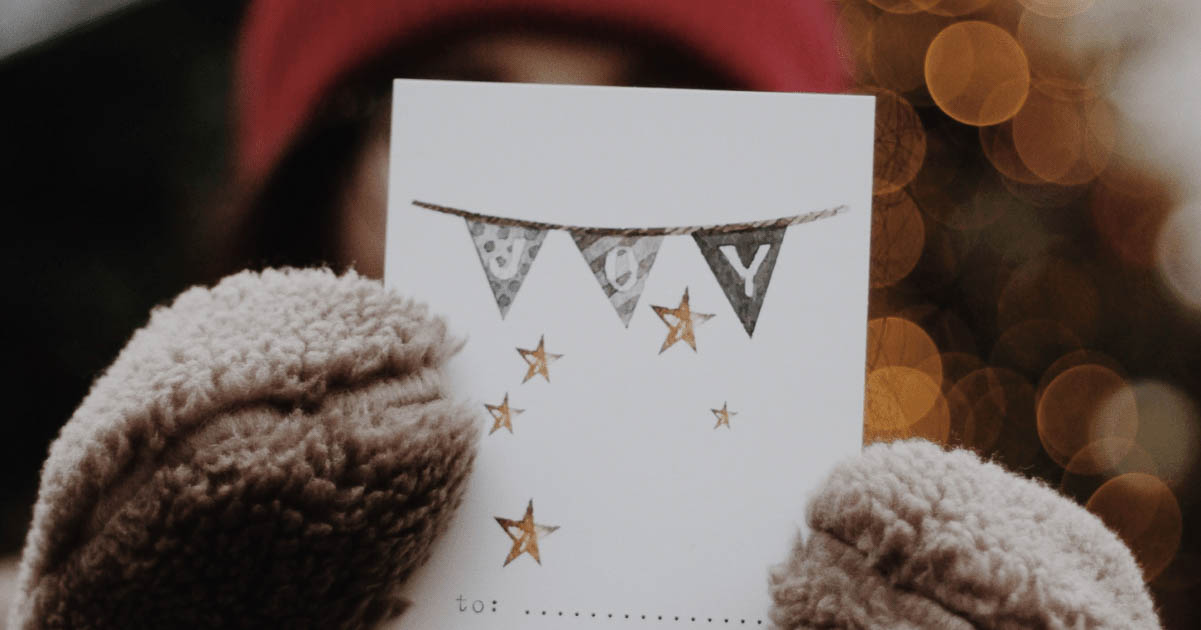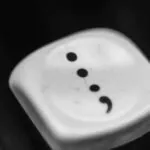
5 Tips on How to Write the Perfect Christmas Card
It’s that time of year again! Christmas is just around the corner, and you’ve got a lot to do – wrapping presents, buying food, writing Christmas cards… the list goes on. It would be easy to let your proofreading standards slip! But to help you avoid this, we’ve come up with five tips on writing the perfect Christmas card. Read on to find out more.
1. The Plural Surname
When writing a Christmas card, you might sign it from your entire family. But how do you make a family name plural? Some people make the mistake of adding an apostrophe in this instance. But the only time you need to do this is when you want to make it possessive.
If your surname ends in s, x, z, ch or sh, simply add an -es to pluralize it:
Merry Christmas! Love the Jones’ ✘
Merry Christmas! Love the Jones ✘
Merry Christmas! Love the Joneses ✔
If your surname ends in any other letter, add an -s to pluralize it:
Merry Christmas from the Smith’s! ✘
Merry Christmas from the Smiths! ✔
Alternatively, you can change the phrasing of your Christmas card to avoid the issue:
Merry Christmas from the Johnson family! ✔
2. Capitalizing Proper Nouns
Proper nouns like Christmas should always be capitalized, even when they modify another word. For example, Christmas should be capitalized in both of the following:
We hope you have a lovely christmas! ✘
We’ll see you for christmas dinner next year. ✘
We hope you have a lovely Christmas! ✔
We’ll see you for Christmas dinner next year. ✔
Strictly speaking, there is no need to capitalize words that modify Christmas, such as merry in Merry Christmas. And if you see them used in the middle of a sentence, you would usually want to avoid this and start the adjective with a lowercase letter instead:
We hope you have a very Merry Christmas. ✘
We hope you have a very merry Christmas. ✔
However, in a Christmas card message, there’s usually a bit of flexibility here. And it’s best not to take the sender to task if they wish you a Happy Christmas rather than a happy Christmas.
The term New Year, meanwhile, should be capitalized if you’re talking about the holiday or the day itself, but not if you’re referring to the new year as a general timeframe:
See you at the new year’s eve party! ✘
See you at the New Year’s Eve party! ✔
We’ll meet for lunch in the New Year. ✘
We’ll meet for lunch in the new year. ✔
3. Using Apostrophes
Apostrophes serve two functions: to indicate possession and to mark missing letters in contractions. The apostrophe in season’s greetings tells us that the greetings belong to the current season (and all the holidays it contains):
Seasons Greetings ✘
Season’s Greetings ✔
‘Tis is a contraction of it is, so it needs an apostrophe before the T:
Tis the season ✘
‘Tis the season ✔
When writing about the year as a whole, use New Year with no possessive apostrophe:
Happy New Year’s! ✘
Happy New Year! ✔
When referring to New Year’s Eve, New Year’s Day, or a New Year’s resolution, use the possessive apostrophe. In all three cases, the noun “belongs” to the New Year.
4. The Closing Comma
When you sign off your Christmas card, make sure that your closing phrase (or valediction) is followed by a comma to separate the closing phrase from the signature:
Best wishes
The team at Proofreading Academy ✘
Best wishes,
The team at Proofreading Academy ✔
5. Choosing the Best Greeting
There are many different options when it comes to festive greetings, so it can be difficult to decide which one to use in your card. If you know that someone celebrates Christmas, then merry Christmas is the traditional choice and reflects the Christian aspects of the holiday.
If you aren’t sure which traditions someone follows, then season’s greetings and happy holidays are good alternatives. These are the broadest and most inclusive greetings, as they also cover other celebrations, such as Thanksgiving, Hanukkah, Kwanzaa, and New Year.
Becoming A Proofreader
We hope that everyone reading is enjoying the festive season so far! If you’d like to learn the skills needed to become a freelance proofreader, our Becoming A Proofreader course will teach you everything you need to know. Sign up for a free trial and try it out today.



Leave a Comment
Your email address will not be published.